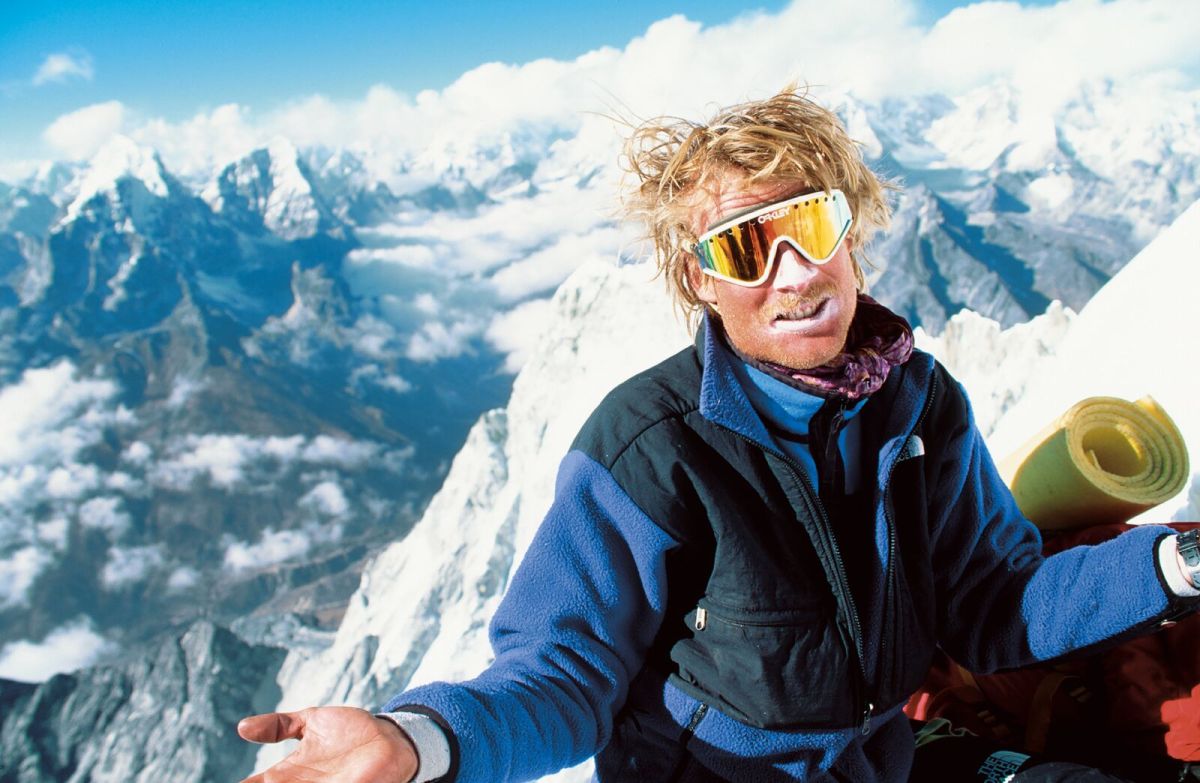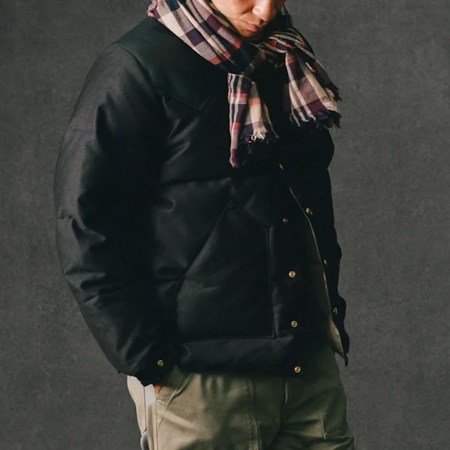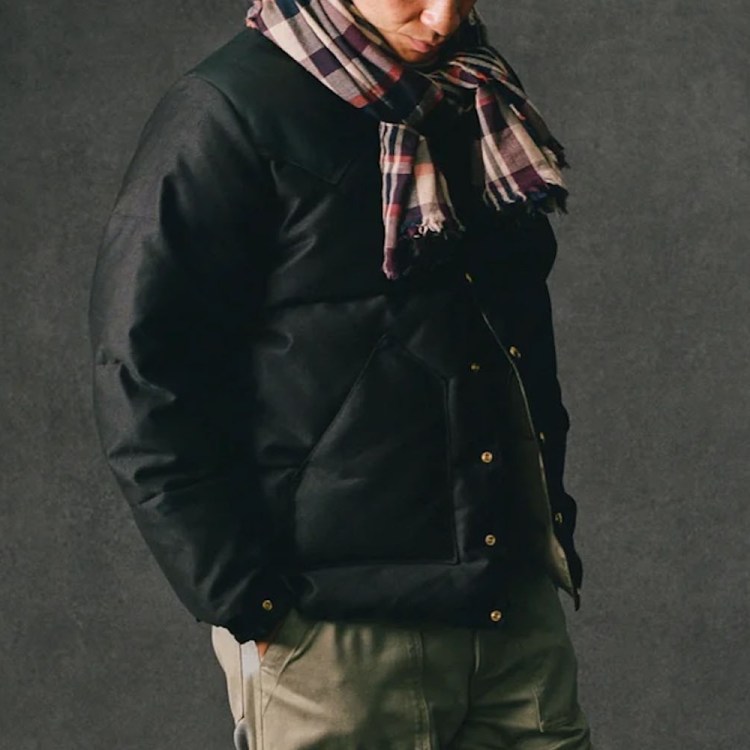Nota bene: All products in this article are independently selected and vetted by InsideHook editors. If you buy something, we may earn an affiliate commission.
Even though Williamsburg isn’t Brooklyn’s center of cutting-edge art and style the way it was a decade ago, with Whole Foods and Apple going up where D.I.Y. spaces once stood, the neighborhood is still the best place to get your finger on the pulse of what’s in right now. And if the line of about 100 or so people wearing a mix of Kith, Adidas and other brands du jour to get into The North Face on 6th Street tells us anything, it’s that the label that started out of the dirtbag hiker movement of the 1960s is more relevant than ever.
And what were they waiting in line for, you ask? Was a Kardashian in attendance? Was it an NBA superstar or some pop star that only people under the age of 22 know?
Nope. It was a fleece. The star of the brand’s Fashion Week party was the iconic full-zip Denali fleece, first released in 1988, and now making its triumphant return to the line.
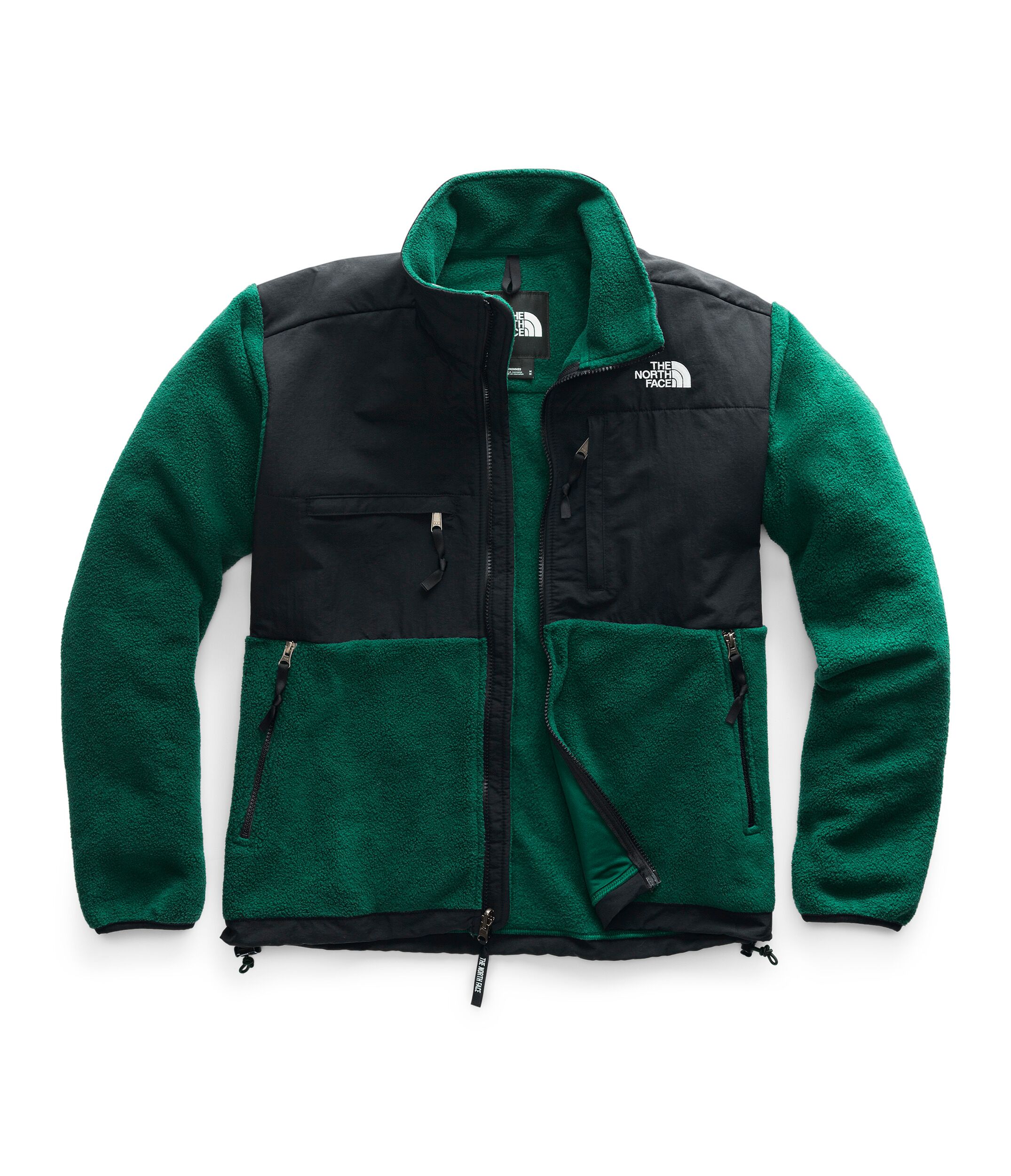
There were Scotch-based cocktails, there was hip-hop from the era of Illmatic and Foxy Brown, and there was a small army of fashionable people who wanted to catch a glimpse of the ’95 Retro Denali, which was introduced as a zip-in fleece liner for the Mountain Jacket and was worn by Todd Skinner and Paul Piana on their first free ascent of the Salathe Wall in Yosemite in June of 1988.
If the fleece looks like something you had in junior high, it’s probably because you did. And on Friday night in Williamsburg, it was on display less like an item of clothing, and more like the sort of installation you might see at nearby P.S. 1 in Long Island City. You walked into this cleared out retail space to find three canopies. When you glimpsed inside, the Denali one in each of its three colorways — red, blue and green — was strung up inside, surrounded by tree branches.
A few feet from one of the displays, where I believe the backpacks usually sit in the “Prototype” store that opened last year as a way of giving customers a more curated shopping experience, there was a blown up photo soaked in a greenish light, of climber Conrad Anker. His blonde hair is all over the place, his face looks frozen, he’s got a pair of sick, early-’90s Oakley goggles and, yes, a Denali fleece.
“I began working with The North Face in 1983. In 1990 I lead an expedition to Ama Dablam in the Khumbu region of Nepal,” Anker tells InsideHook of the photo that catches him in the fleece.
“Climbing mountains is a contact sport. Not like football or wrestling, rather in contact with the elements. In the case of climbing this is rock. Granite is sharp. Limestone is abrasive. Sandstone is gritty. Having a jacket that is durable is always something that I look for. I’m also a fan of pockets. Keeps my inner nerd happy,” he says, further explaining the appeal of the Denali.
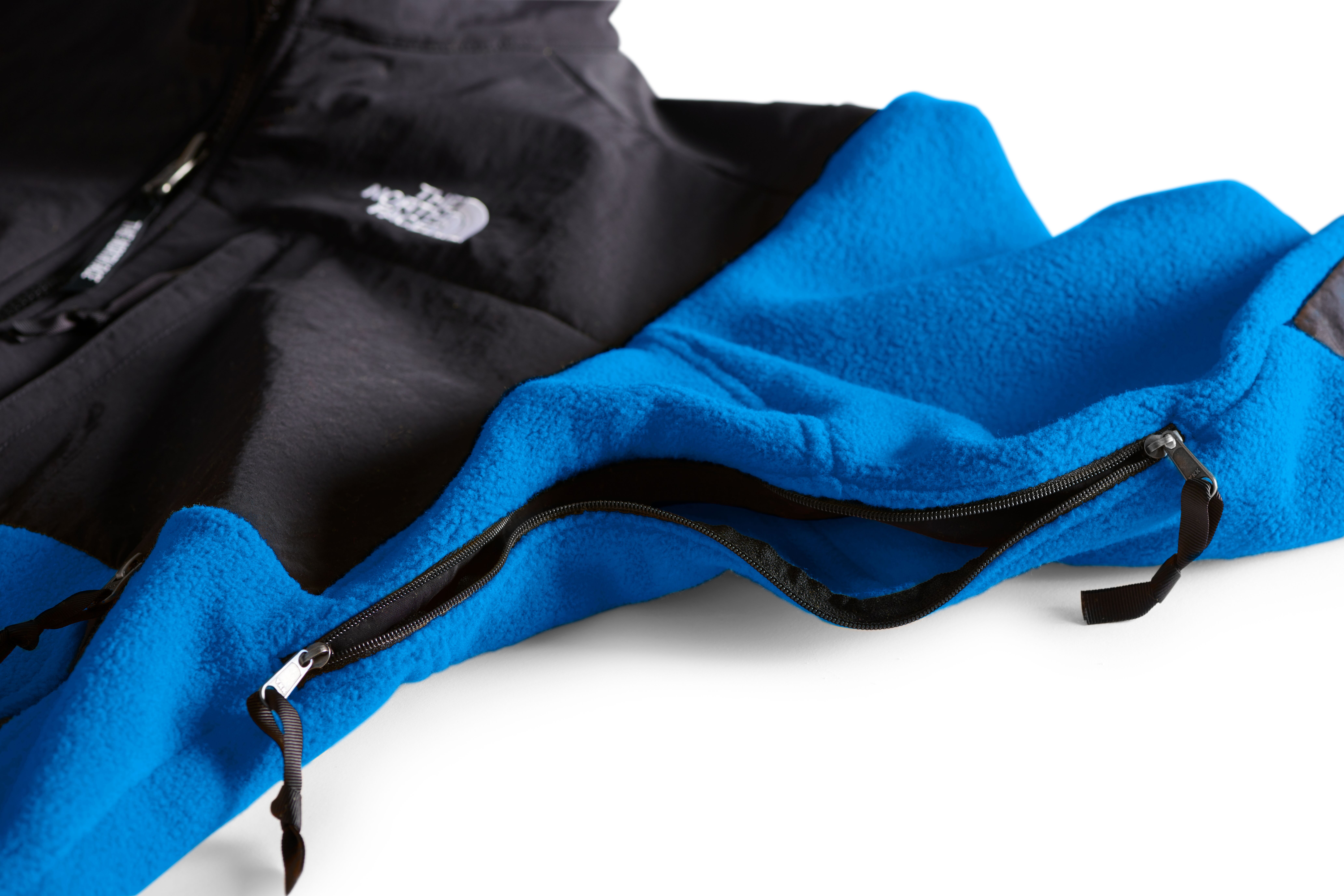
Lightweight and functional, they’ve been a staple for hikers and outdoor people for decades, yet it’s a fairly recent development that the humble fleece became genuinely fashionable. It was likely something your dad or mom tossed on when they picked you up from soccer practice when you were 11, but their appeal endures. They’re handy, whether you’re in Yosemite or going out to grab a coffee on a late-October morning. Even for Anker, one of the most accomplished climber of his generation, the connection to an old fleece is undeniable: “I have fleece jackets that are 30 years old. At this point they have more sentimental meaning than being part of the functionality equation. I’ll still wear them at family gatherings and the like.”
Today, though, there’s fleece selling on Mr. Porter for upwards to $500. Walk past a Uniqlo store window, and you’re bound to see mannequins clad in them. And while the Denali isn’t the original fleece, its importance is undeniable, the sort of thing that gets the “Often imitated, never duplicated” tag. You see it in pictures of people at the top of some of the world’s tallest mountains, and in pictures of your family apple picking in 1994. Now made of 100 percent recycled fleece, it’s also a more environmentally-friendly choice, especially in the era of fast fashion.
With the Denali’s return, it’s also likely to be all over the place this fall. And while, yes, the market for fleece is more crowded than ever, it’s tough to beat an original, and the crowd wrapped around the block in Williamsburg on a Friday show that.
For Anker, the fact that the fleece is becoming a fashion staple is a positive thing.
“For climbing, functionality is at the core of the clothing and gear we choose. As long as it gets the job done, I’m happy. That people identify with functionality is a good thing. It isn’t much of a surprise as people are seeking real experiences,” he says. “I’m happy society is reflecting this.”
We've put in the work researching, reviewing and rounding up all the shirts, jackets, shoes and accessories you'll need this season, whether it's for yourself or for gifting purposes. Sign up here for weekly style inspo direct to your inbox.
